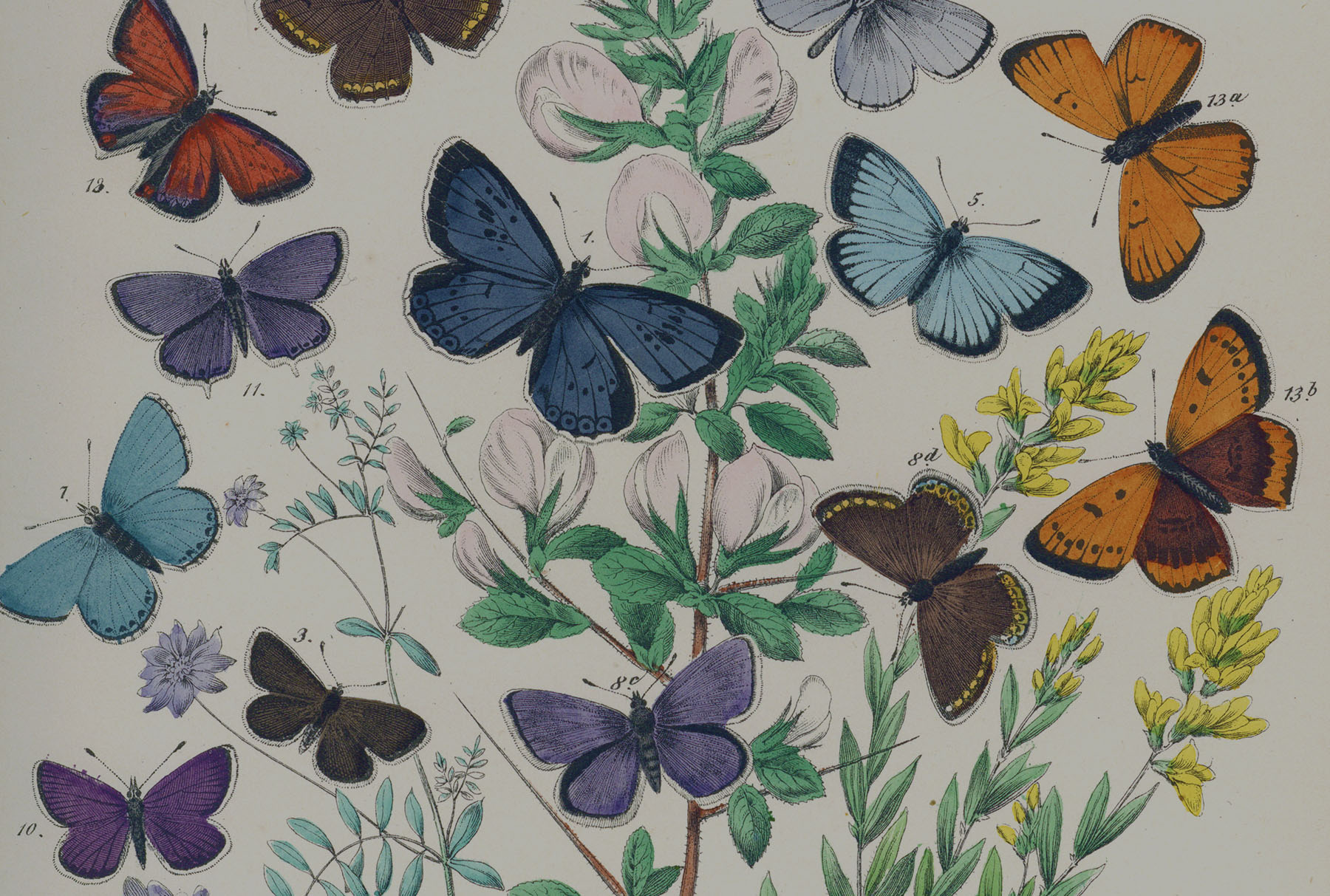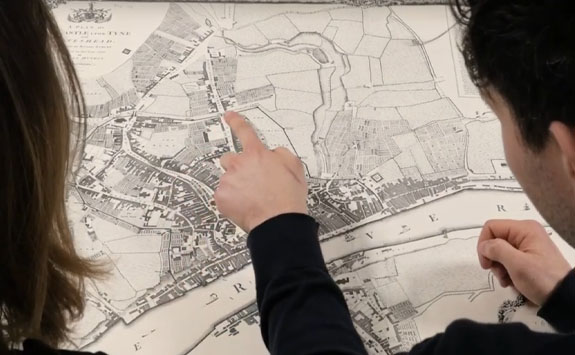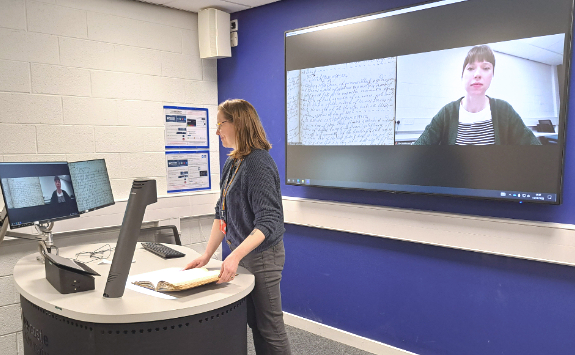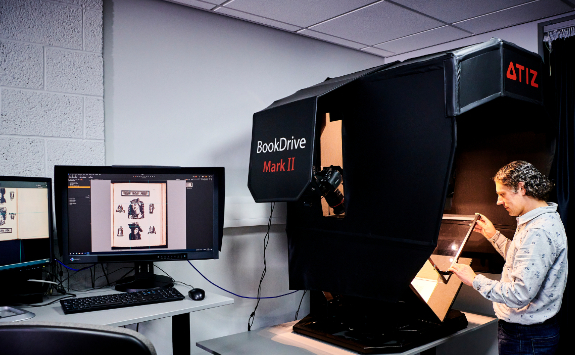Getting Started
Discover where and how to search, browse and request material from our rare book and archive collections.
What is a Collection?
Archive collections comprise groups of items, usually acquired from a single creator. These items could range in material type, e.g. letters, photographs, maps and more. An archive collection can vary in size from just a few items to a very large collection. Each collection includes a top-level description containing details such as creator, related subjects, places, the type of collection and what’s contained within it. You can request access for items within a collection. Some collections may also contain links to other places, such as CollectionsCaptured for digitised collections or Library Search for book collections.
An example of an archival collection is the Baker Brown (Thomas) Archive.
Book collections also feature within the Collections Guide and instead, these are simply a set of books, usually by the same author or publisher, under a collective title. Follow the links to Library Search from a collection guide, to discover the titles contained within a book collection.
An example of a book collection is the Bloodaxe Books Collection.
Digitised collections
You can see digitised items from across many of our collections on CollectionsCaptured. Through our digitisation programme, we are committed to making our Special Collections and Archives available to the widest possible audience for exploration and re-use in research, teaching, and engagement.
If you wish to request a digital copy of an item you have found in our collections, please visit our separate Digitisation Service page.
What are my search options?
- The Collections Guide homepage is the best place to start for browsing rare books and archives, where you’ll find:
- Explore collection highlights – our curated collection highlights showcase some of our most popular and well known collections, which may be interesting if you’re just exploring.
- Browse everything – the All Collections option provides a useful A-Z visual way to see what we have on offer. However, you can also browse by People & Organisations and Subjects.
Wherever you go within our Collections Guide, you can easily search or browse for something else by using text box and buttons at the top of the page. When searching and browsing you can also make use of the additional filtering options.
- You can directly search for rare books directly on the catalogue by using Library Search.
- You can also search for items in our collections by typing a keyword into the 'search our collections' box at the top of this page, and other pages across the Special Collections website. Using the drop down menu, you can choose which of our catalogues you would like to search across. Change the drop-down menu to either Archives, Rare books/publications or Digitised collections.
Searching across and within collections
The search box at the top of any page within the Collections Guide allows you to search across all collections, items, creators, subjects, archives, rare books and more. Search suggestions will appear as you type into here to take you directly to what you’re looking for.
Alternatively, after submitting your search you can perform further filters using the search facets on the left-hand side. Here you can, for example:
- Filter your search to show only items within a specific collection
- Only show results related to a specific subject area
- Limit the search to specific creators
Follow the links above for more information on each type of request or visit the Requesting Items page.
Depending on what you’re after, some collections may already be digitised and available on CollectionsCaptured. Click the button labelled “see images from this collection”.
To request a title from within a book collection, follow the links to Library Search and use the request link displayed alongside the book's information.
Please note, we require 5 days notice when submitting requests, to ensure we are able to book your slot and retrieve your requested material ahead of your visit.
What is CollectionsCaptured?
CollectionsCaptured is the publicly-accessible interface for discovering digitised items within our collections and archives, also known as a “digital asset management system”.
Through our digitisation programme, we are committed to making these collections available to the widest possible audience for exploration and re-use in research, teaching, and engagement.
From within CollectionsCaptured you can find out more about individual images, including licencing and copyright information and how to request high resolution copies for your own use.
Further help and information
If you wish to find out more about our Collections Guide, the collections themselves and the other services we offer, including consulting the originals, visit Special Collections & Archives or email libraryhelp@ncl.ac.uk.



